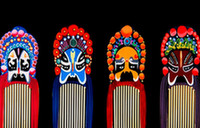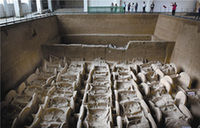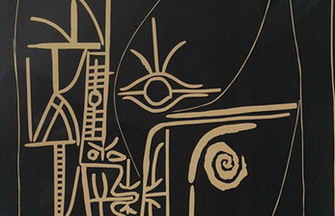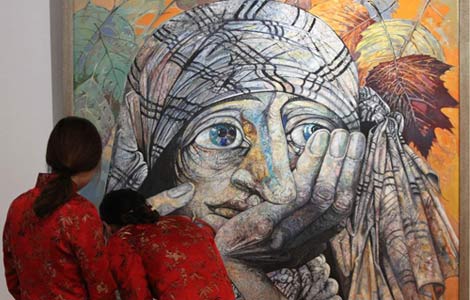Inheritance of joy
By Wang Kaihao ( China Daily ) Updated: 2014-06-03 07:12:43
 |
|
The Xuhong Bridge, built by the Xiangshan group last year, has the world's largest span among wooden arch bridges.[Photo by Zuo Ping/China Daily] |
The famous carpenters of Xiangshan fight to keep their legacy alive amid challenges. Wang Kaihao reports from Suzhou, Jiangsu province.
A carpenter from Suzhou in eastern Jiangsu province was summoned by Emperor Yongle of the Ming Dynasty (1368-1644) to Beijing almost 600 years ago. Kuai Xiang, who lived from 1398 to 1481, came to the Chinese capital with followers and ended up as one of the chief designers of the Forbidden City.
Many years later when the stunning structure was completed by hundreds of thousands of laborers, the architects led by Kuai came to be known as the "Xiangshan group" , after his sleepy hometown of Xiangshan. Today's Xiangshan still looks tranquil by the Taihu Lake but there are signs of development.
Small holiday resorts line the highway and a wooden bridge across a river is an engineering marvel.
Lu Yaozu, 65, is a fifth-generation architect in his family. His given name means "to bring glory to ancestor". He wants to live up to his proud bloodline as one of the families from the Xiangshan group. Lu started work at 16, when his grandfather passed on his knowledge of carpentry to him, through an oral tradition. He was listed as an inheritor of "intangible cultural heritage" in China.
"We face bodies of water and hills are behind us ... we have good feng shui. That's why local men are born to build houses," Lu jokes. "We don't have farmlands, so that's how we escape hunger."
Lu and Xiangshan's many other carpenters do not possess college degrees but are able to do their jobs as well as professionals if not better.
Traditional Chinese carpentry uses mortise and tenon, delicately designed joints, rather than nails. Xiangshan group's techniques were included in the Chinese traditional architectural craftsmanship for timber-framed structures that were listed an intangible cultural heritage by UNESCO in 2009.
|
|
|
|
|
|
|
|
























 Raymond Zhou:
Raymond Zhou: Pauline D Loh:
Pauline D Loh: Hot Pot
Hot Pot Eco China
Eco China China Dream
China Dream China Face
China Face





